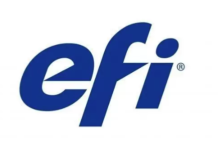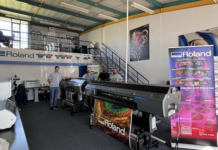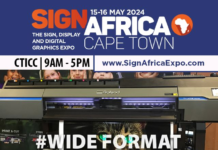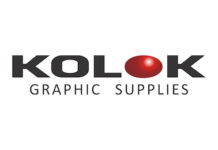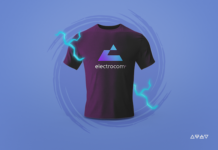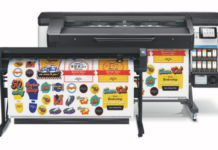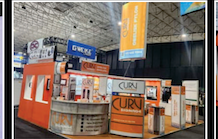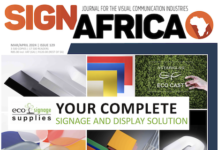According to Gerber Technology, consumers are changing their preferred signage type. As the global marketplace for goods and services evolves, so does the signage consumer’s needs.
Online retail and other business marketplaces have dramatically changed not only the ways goods and services are offered and delivered but also how they are advertised. The ubiquity of online advertising and digital branding has changed the visual demonstration needs of the modern businessperson, and the decrease in full-time storefront presence has reduced the need for hard, bulky signage. The ability to use soft signage in different eye-catching ways is essential in a society and during an age where attention spans are short and advertising in the real world has to compete with flashy distractions on our handheld devices.
Popup and mobile businesses have become commonplace in major cities and are on the rise in less populated areas, largely in the form of food truck parks and roadside or open marketplaces. Vehicle-based businesses have little use for large, rigid signage and are taking advantage of advancements in soft signage to acquire inexpensive eye-catching banners, signs and flags to easily advertise their transient business every time they set up shop in a new location. In similar fashion, a host location for popup businesses, such as part-time or special event restaurants or kitchens, benefits from enabling easy banner sign mounting so each business occupant of the space can use their own professional branding without leaving a mark on the building itself.
Mobile service providers have likewise discovered an affordable way to have real-world presence: auto decals. Vinyl decals are easy to design and produce, and they do not require any installation or expert application. Small but eye-catching flags can be used for the same purpose much in the same way as sports team flags are used on vehicles to show support, and window and bumper stickers can be used to promote one’s business everywhere the vehicle travels. Whereas these types of accessories were once unreasonably expensive to produce in single or small batch quantities, small business owners can now afford to produce small-batch, custom-made signage and no longer have to bulk up their advertising budgets to compete with their larger competitors.
2. Consumers are taking into account their waste footprint
The modern consumer is more globally conscious than ever. Once a consumer market finds a solution that meets the economic constraints for a given product or service, concern tends to shift to the market’s impact on our natural resources, including wage issues and human impact, as well as on one’s own waste footprint. Soft signage offers a number of waste-cutting alternatives to more traditional hard signage.
Overall, an increase in soft signage use results in reduced use of wood, which cuts down on bulk waste in addition to reducing timber exploitation. Recycled plastic and recycled polyester make up some of the most common soft signage materials, which is preferable for even the most passive eco-conscious consumer. On the other end of a soft sign’s useful life, the sheer volume of waste is less than with its hard signage predecessor. It is also easier to design soft signs for ongoing use or reuse, at least in part, by using sign coupling or sequencing.
For example, a cell phone maker might purchase a sign every time it attends a cellular or tech trade show. Instead of printing one large sign bearing the company’s name, the model of the phone, and the current make of the phone every time the company launches a new product, it could use a vivid array of soft signage where only the make and/or model pieces have to be replaced every time the company undergoes innovation. This is preferable to simply covering up one or more words or images with a sticker or decal, and it allows a business to maintain professionalism while still minimising unnecessary waste.
3. Project turn around times are critical
Production turnaround time is an increasingly important factor in the consumer market across the board. While one-hour delivery for a host of ready to use products is not yet available outside the major metropolitan areas, one or two-day delivery times for non-custom products is not uncommon throughout the United States, and that same expectation of fast ordered-to-delivered status has quickly engulfed the custom product market as well.
The need is legitimate and the demand comes with good reason. The gig economy is expanding, and people are having to work more, both for others and for themselves. Long-term planning and ample leeway are luxuries of the past, and consumers of all types are becoming more dependent on products and services that can be accessed in near-real time. The demand for better customisability and on-demand products that exceed expectations is ubiquitous, and there is no indication this uptick in demand will recede any time soon.
Submit your news and video content to journo@practicalpublishing.co.za
Subscribe to our YouTube channel, read the top 5 stories weekly on WhatsApp or sign up to our newsletter.
GERBER TECHNOLOGY https://www.gerbertechnology.com/





